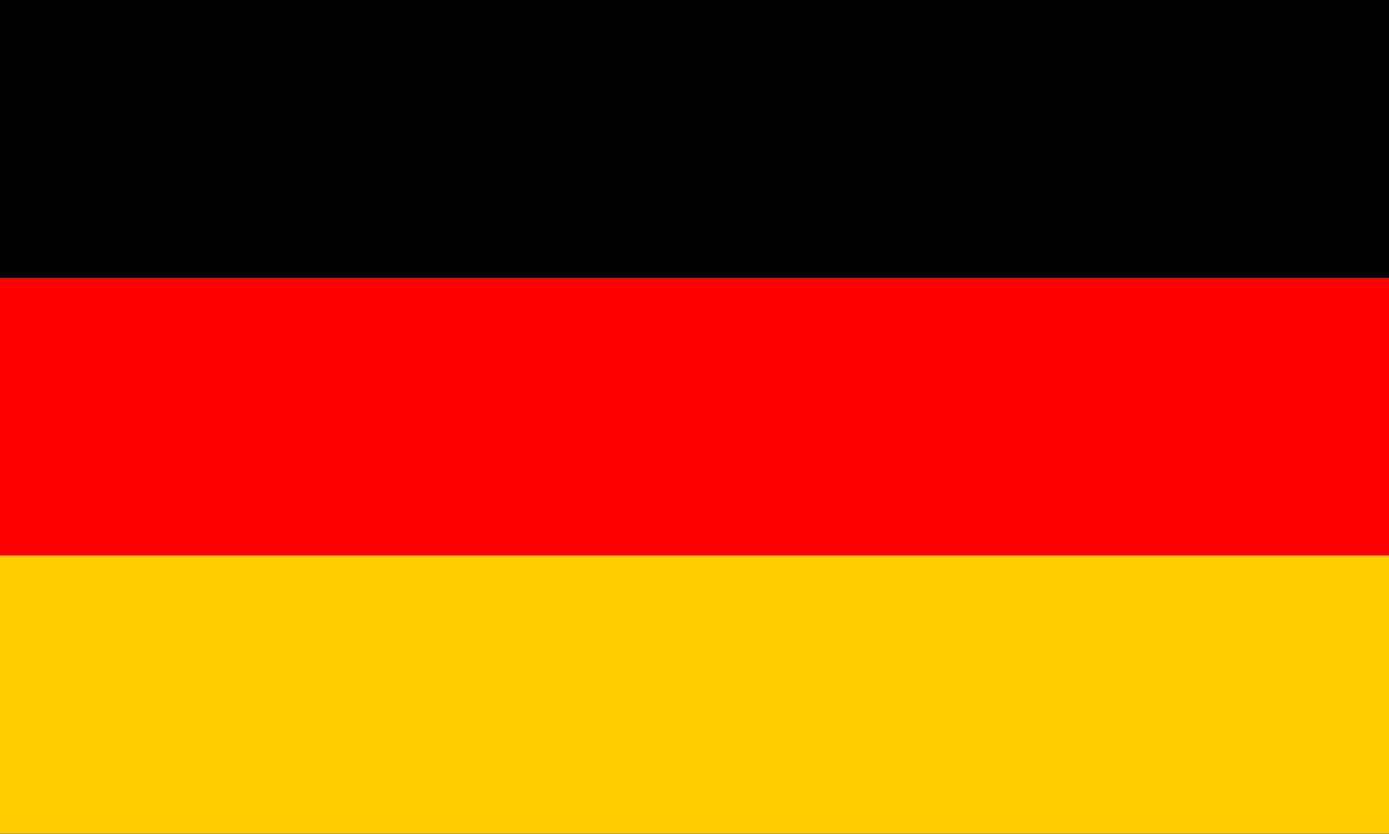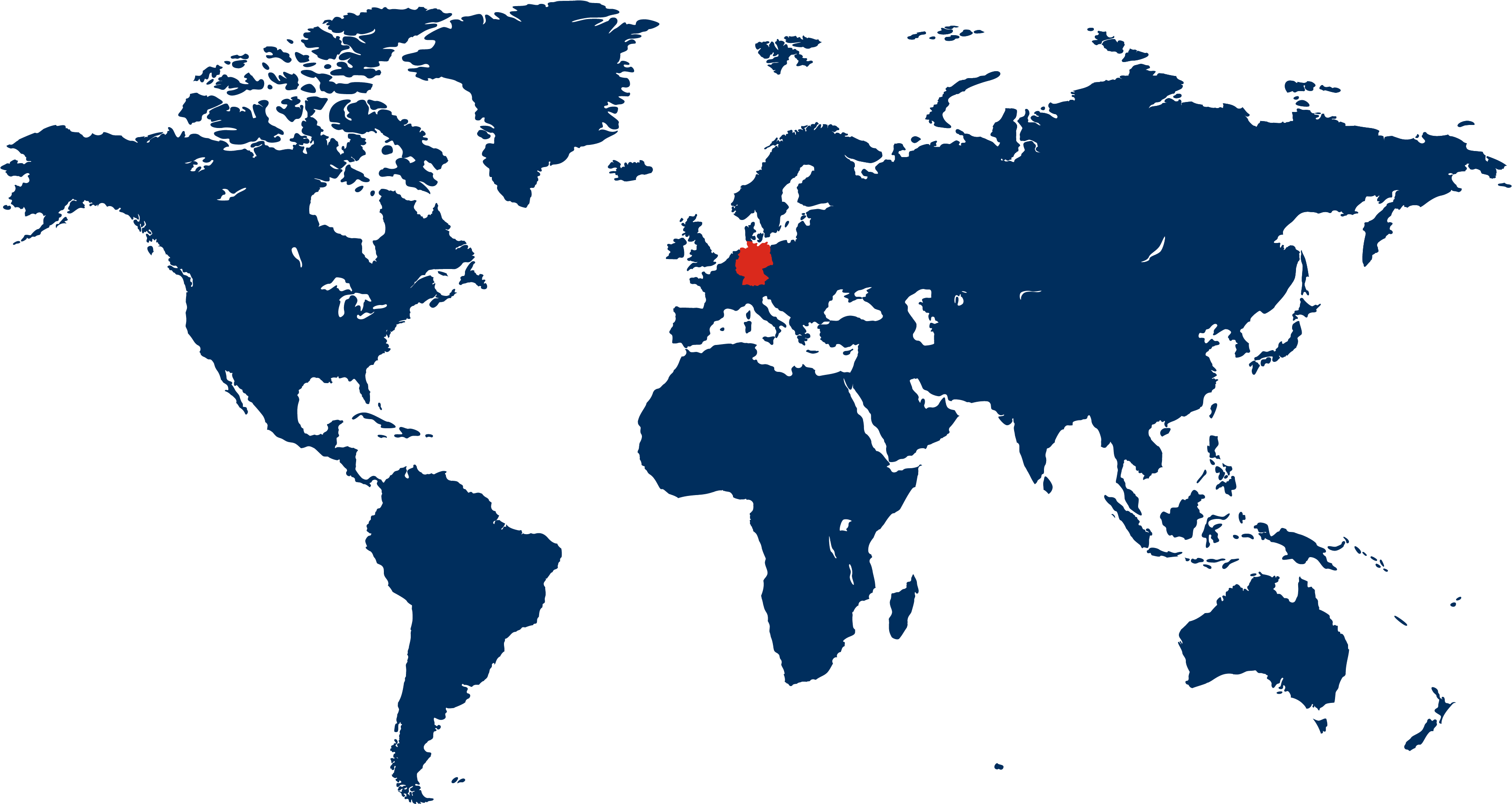Germany Travelogue
Articles
Travelogues
View more from News & Articles or Primerus Weekly

By Tom Kirvan
Germany, a country at the heart of Europe, boasts a population of more than 83 million people, and is known for its contributions to art, science, and philosophy, as well as its scenic landscapes that range from the Alps to the Baltic Sea.
The most populous country in the European Union, Germany covers an area of 138,000 square miles, roughly the geographic size of Montana. It is bordered by nine countries: Denmark, Poland, Czech Republic, Austria, Switzerland, France, Luxembourg, Belgium, and the Netherlands. The country’s geography is diverse, featuring northern coastal plains, central highlands, and the Bavarian Alps in the south.
The capital city of Berlin blends history with modernity. With a population of around 3.7 million, Berlin is a hub of political, cultural, and economic activity. The city is renowned for its vibrant arts scene, diverse architecture, and poignant history. Visitors can explore the remnants of the Berlin Wall, visit the iconic Brandenburg Gate, and immerse themselves in the world-class museums on Museum Island. Dynamic neighborhoods, like Kreuzberg and Prenzlauer Berg, offer a taste of Berlin’s eclectic lifestyle.
Zugspitze, standing at 9,718 feet, is Germany’s highest peak. In German, it is known as “avalanche path peak.” Located in the Bavarian Alps near the Austrian border, Zugspitze offers breathtaking views and a variety of outdoor activities. Visitors can take a cable car to the summit, enjoy skiing and snowboarding in the winter, or hike the scenic trails in the summer. The panoramic views from the top span across Germany and Austria, making it a must-visit destination for nature enthusiasts.
Top 5 Must-See Tourist Destinations


Capital: Berlin
Population: 83 million
Highest point: Zugspitze (9,718 feet)
Major Rivers: Rhine, Danube, Main, and Elbe
Primerus Member: Broedermann Jahn
Broedermann Jahn, an international business law firm based in Hamburg.
Germany's history is marked by profound events that have shaped the nation and the world. The country was unified in 1871 under Prussian leadership, and it became a major European power. The 20th century saw two world wars originate from Germany, with the rise and fall of the Nazi regime leaving an indelible mark on global history. The division of Germany into East and West during the Cold War era culminated in the fall of the Berlin Wall in 1989 and the subsequent reunification in 1990. Today, Germany is a leading nation in the European Union and plays a significant role in global affairs.